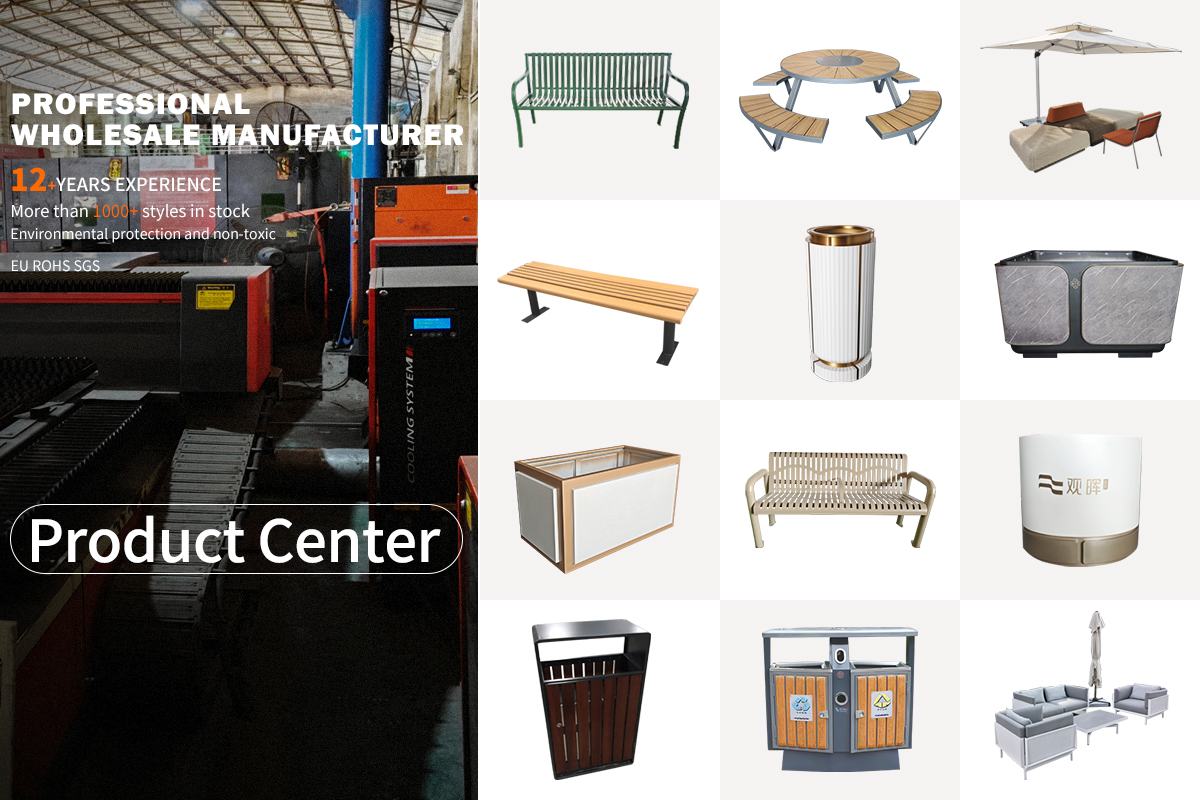Can concrete figurative sculptures be engineered to filter air pollution?
Concrete figurative sculptures, traditionally valued for their aesthetic appeal, are now being explored for their potential to combat air pollution. Researchers and artists are collaborating to engineer sculptures with porous concrete or embedded photocatalytic materials, such as titanium dioxide, which can break down pollutants like nitrogen oxides when exposed to sunlight. These innovative designs not only serve as public art but also function as passive air purifiers in urban environments.
The concept merges sustainability with creativity, offering a dual-purpose solution for cities grappling with poor air quality. While challenges like material durability and maintenance exist, early prototypes show promise. By integrating science and art, these sculptures could redefine urban landscapes, turning public spaces into hubs of environmental innovation. The future of pollution-fighting art is concrete—literally.

